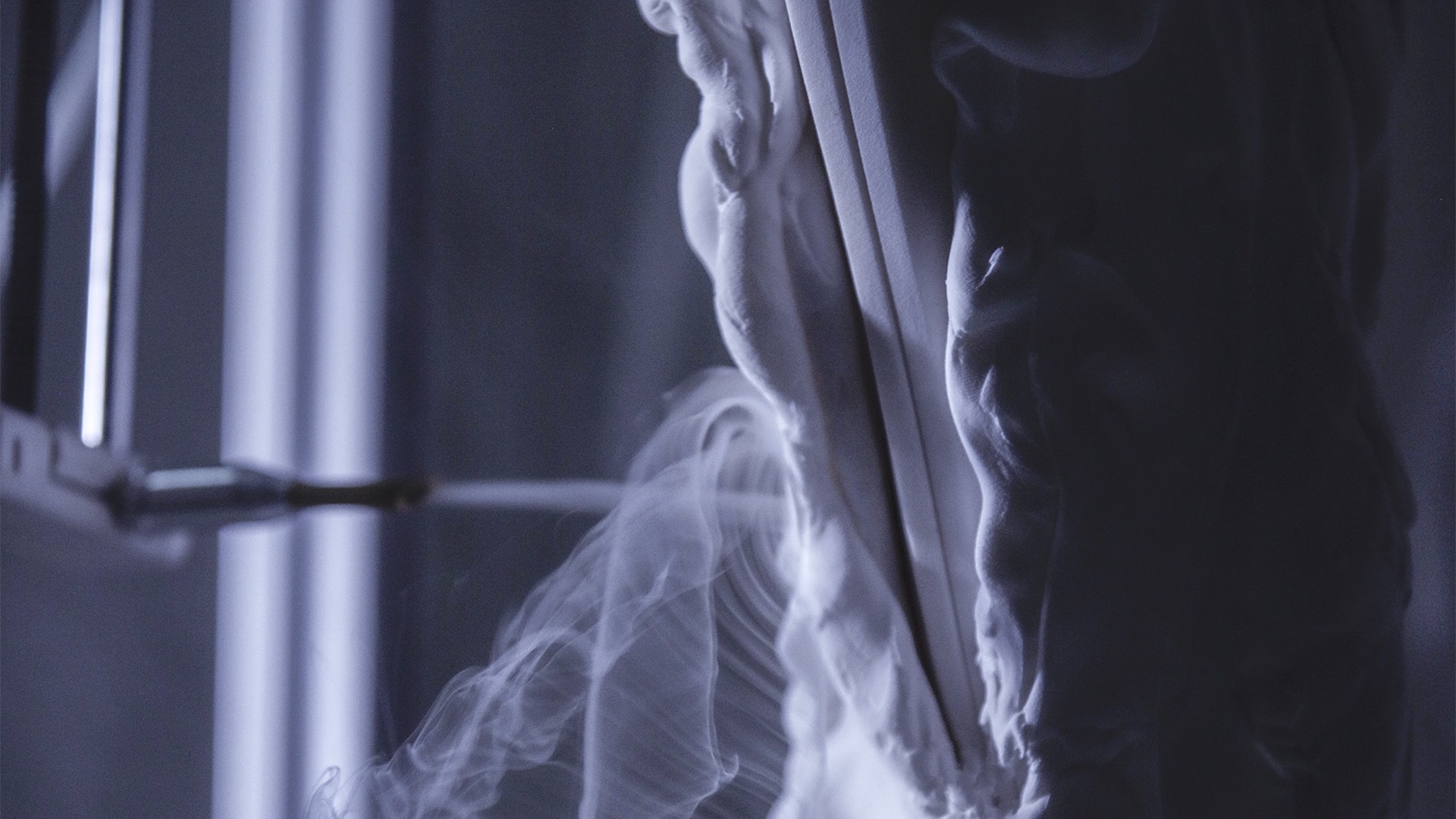The Material Futures of Central Saint Martins
Meet United Matters, a London collective exploring how we might live in the future by blurring the boundaries between craft, science and technology.
Meet United Matters, a London collective exploring how we might live in the future by blurring the boundaries between craft, science and technology. United Matters present their work during Dutch Design Week, showcasing a variety of design approaches, ranging from material innovation, to creative technological exploration and speculative design. The intended outcome is to disrupt people’s perspectives and provoke real-world change.
















